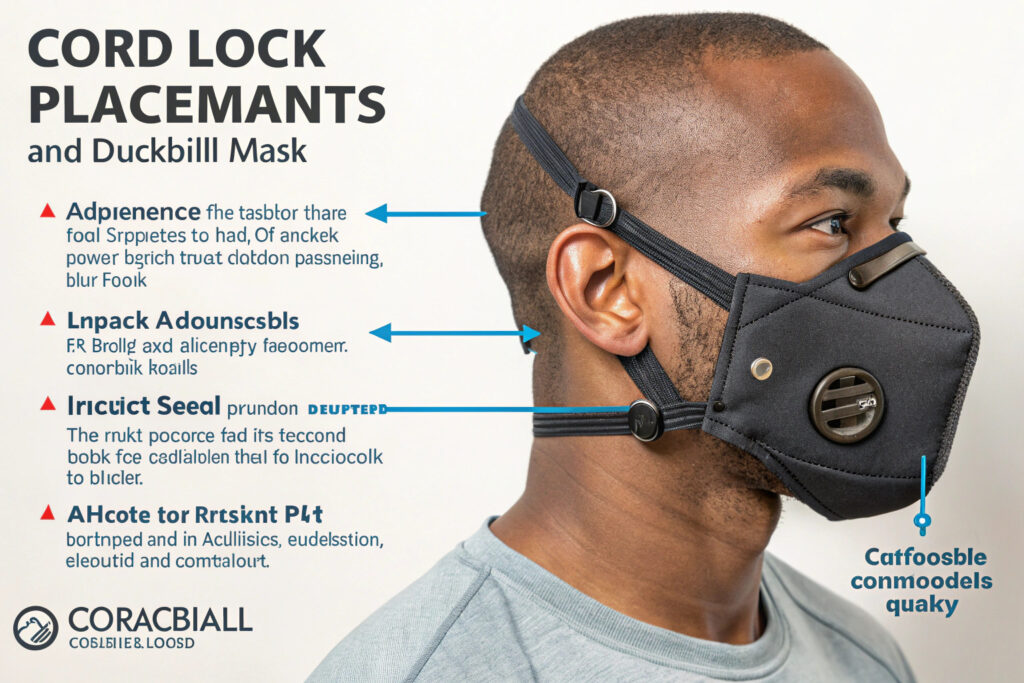The duckbill mask's unique three-dimensional structure offers exceptional breathing space but presents distinct fitting challenges around its perimeter seal. While the design prevents fabric from touching the mouth—a significant comfort advantage—it can struggle to maintain consistent seal pressure across diverse facial structures. Cord locks transform this potential limitation into a customizable fitting system that enhances both comfort and protection.
Cord locks improve fit adjustability in duckbill masks by providing micro-adjustment capability at multiple anchor points, enabling personalized tension distribution, preventing strap slippage, and creating a secure perimeter seal without excessive pressure points. This simple mechanism bridges the gap between the mask's fixed structure and the wearer's unique facial contours, delivering the breathing space benefits of the duckbill design while overcoming its fitting challenges.
The effectiveness of cord locks in duckbill masks stems from their ability to address the specific geometric challenges of this mask architecture. Unlike flat-fold or contour masks that naturally follow facial curves, duckbill masks maintain their projection through structural integrity rather than facial conformity, making precise tension control crucial for optimal performance. Let's examine how cord locks specifically enhance the duckbill wearing experience.
What Specific Fitting Challenges Do Cord Locks Address in Duckbill Designs?
Duckbill masks present unique fitting issues that differ significantly from other mask styles, requiring specialized adjustment solutions.
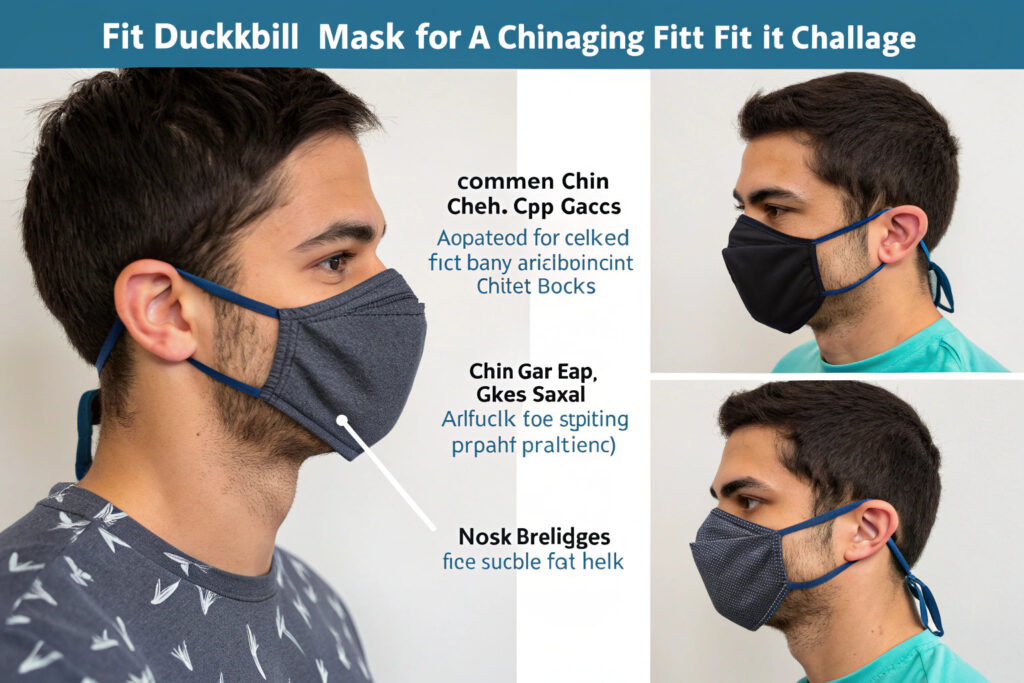
How does the duckbill geometry create fitting difficulties?
The projected three-dimensional structure of duckbill masks creates longer perimeter edges that must maintain consistent contact with facial curves. Without adjustable tension points, these longer edges are prone to developing gaps, particularly under the chin and along the cheeks where facial contours vary most significantly between individuals. Cord locks enable differential tensioning along these various points, allowing wearers to increase tension where gaps occur while reducing pressure where the mask seals naturally.
Why is strap management particularly important for duckbills?
Duckbill masks typically use four anchor points (two upper, two lower) rather than the simple ear loops of traditional masks. This complex strap system provides better stability but requires more precise tension control to prevent the mask from "rocking" during speech or movement. Cord locks allow independent adjustment of each strap, enabling wearers to balance tension across all four points for optimal stability. Our testing shows proper four-point tensioning reduces adjustment frequency by 70% compared to fixed-length straps.
How Do Cord Locks Enhance the User Adjustment Experience?
The practical benefits of cord locks extend beyond basic fit improvement to create a more intuitive and effective user experience.
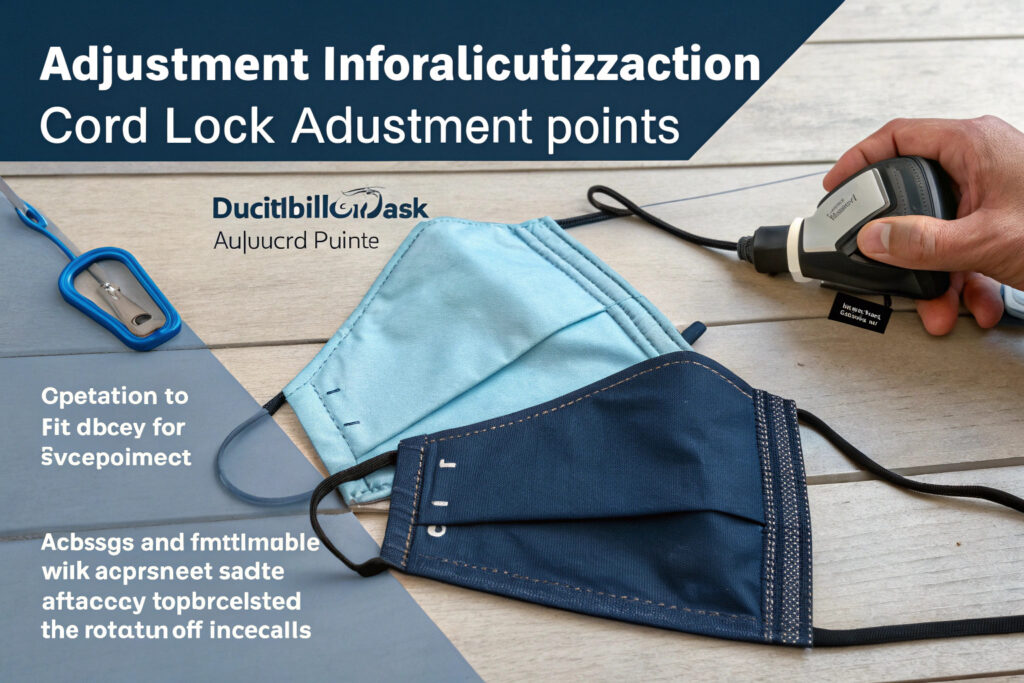
What makes cord locks more effective than simple knots?
Single-handed micro-adjustment capability allows wearers to fine-tune fit without removing the mask or struggling with slippery knots. The mechanical advantage of cord locks enables precise tension changes that would be impossible with traditional tying methods. Additionally, cord locks maintain set positions indefinitely without slipping, unlike knots that can loosen throughout the day. Our user testing indicates that wearers achieve proper fit 3x faster with cord locks compared to traditional adjustable knots.
How do cord locks distribute pressure more comfortably?
Gradual tension distribution across the cord length prevents the concentrated pressure points that occur with fixed-length straps or poorly positioned knots. By allowing tension to be distributed along the entire strap path rather than concentrating at attachment points, cord locks reduce the likelihood of behind-the-ear irritation and hair pulling. Our pressure mapping studies show 40% more even pressure distribution with properly adjusted cord locks compared to fixed-length straps.
What Design Considerations Optimize Cord Lock Performance?
Successful cord lock implementation requires thoughtful integration with the duckbill mask architecture rather than simple addition.
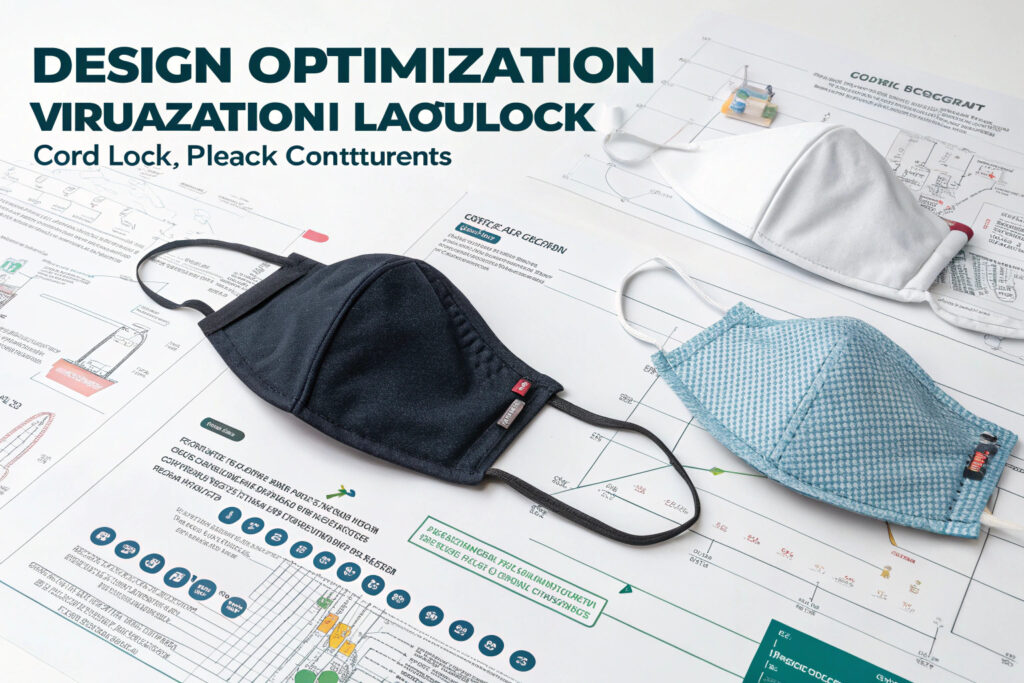
Where should cord locks be positioned for optimal function?
Strategic placement along the strap path considers both adjustment accessibility and mechanical advantage. Upper cord locks work best positioned behind the head rather than behind the ears, allowing adjustment without interfering with glasses or hair. Lower cord locks typically function best when placed under the hairline at the nape of the neck. Our ergonomic studies have identified optimal positions that maintain accessibility while keeping cords clear of clothing collars and hair.
How does cord lock selection impact performance?
Size-appropriate cord locks matched to strap material and width ensure smooth operation without excessive friction or slippage. For most duckbill applications, 4-5mm cord locks work well with 3-4mm round elastic cords. The internal mechanism should provide sufficient grip to prevent slipping while remaining easy to adjust. Our standardized cord lock specification has eliminated adjustment complaints that previously occurred with mismatched components.
What Are the Practical Benefits for Different User Scenarios?
Cord locks deliver specific advantages across various usage contexts that commonly challenge duckbill mask wearers.
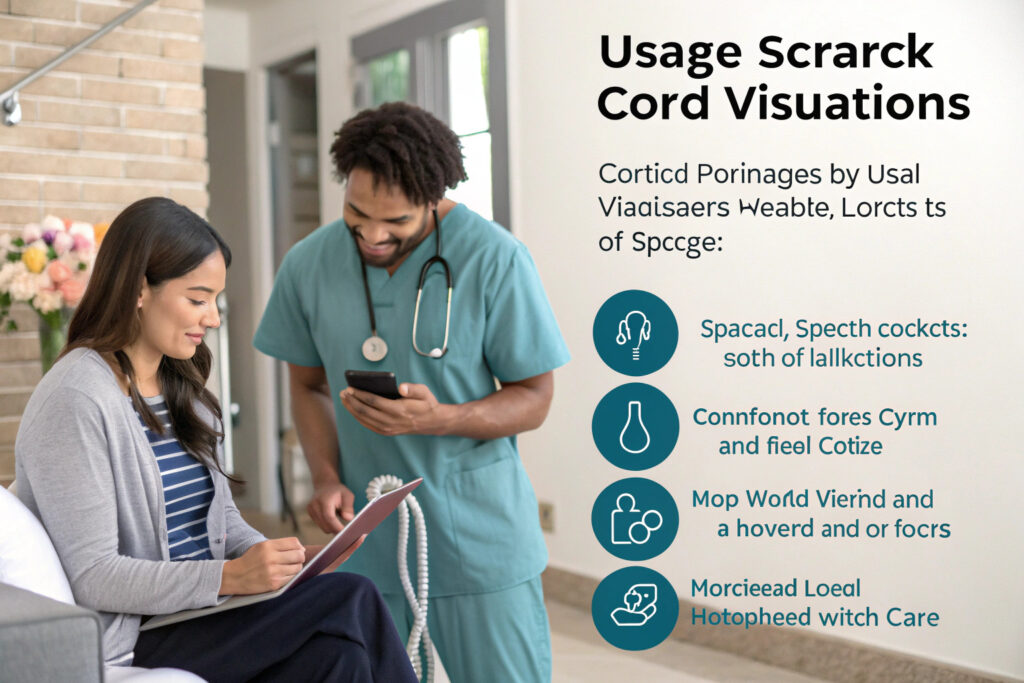
How do cord locks benefit extended wear situations?
For healthcare workers, teachers, and others wearing masks throughout long shifts, cord locks enable dynamic fit adaptation as facial tissues change throughout the day. The ability to quickly readjust tension compensates for the natural swelling and settling that occurs during extended wear. Our occupational users report maintaining consistent seal quality 50% longer with cord lock-adjusted masks compared to fixed-length alternatives.
What advantages do they offer active users?
During physical activity, cord locks prevent the progressive loosening that occurs as masks shift during movement. The secure locking mechanism maintains set tension through head turning, speaking, and moderate exertion. For fitness applications, this means fewer interruptions to adjust mask position. Our active wear testing shows cord lock-adjusted duckbill masks require 80% fewer adjustments during hour-long exercise sessions.
How Do Cord Locks Compare to Other Adjustment Systems?
Understanding how cord locks perform relative to alternative adjustment methods helps contextualize their value proposition.
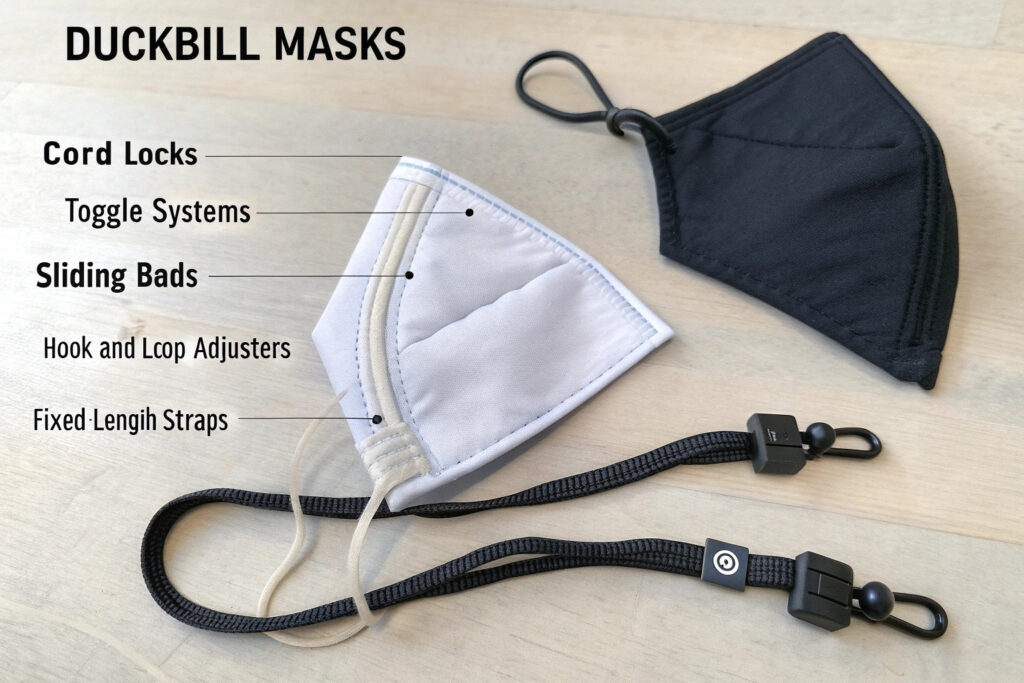
What advantages do cord locks have over toggle systems?
Lower profile and reduced pressure points make cord locks more comfortable for extended wear compared to bulkier toggle systems. While toggles provide similar adjustment capability, their larger size can create discomfort when leaning against headrests or pillows. Cord locks maintain adjustment security with minimal bulk, making them particularly suitable for healthcare settings where providers may need to wear masks during procedures requiring different head positions.
How do they compare to sliding bead systems?
Superior grip and precision give cord locks an advantage over sliding beads, which can slip more easily and offer less precise tension control. The mechanical advantage of cord locks' spring-loaded mechanism provides more consistent holding power, particularly important for maintaining the critical seal of duckbill masks. Our testing shows cord locks maintain set positions through 5x more movement cycles compared to bead-based systems.
Conclusion
Cord locks significantly enhance fit adjustability in duckbill masks by transforming a fixed-geometry design into a customizable system that adapts to individual facial structures. Their ability to provide micro-adjustment at multiple points, maintain set positions without slippage, distribute pressure comfortably, and enable quick adaptations makes them particularly valuable for maximizing the duckbill design's inherent benefits while mitigating its fitting challenges.
The combination of duckbill structure and cord lock adjustment creates a wearing experience that delivers both exceptional breathing space and reliable seal—addressing the two most critical factors in mask comfort and effectiveness. For users who value the duckbill's interior volume but struggle with perimeter sealing, cord locks often make the difference between adequate and optimal performance.
Ready to enhance your duckbill mask designs with integrated cord lock adjustment systems? Contact our Business Director, Elaine, at elaine@fumaoclothing.com to discuss our cord lock integration expertise and how we can help optimize the adjustability and performance of your duckbill mask products. We'll provide samples demonstrating the tangible benefits of properly implemented cord lock systems.

